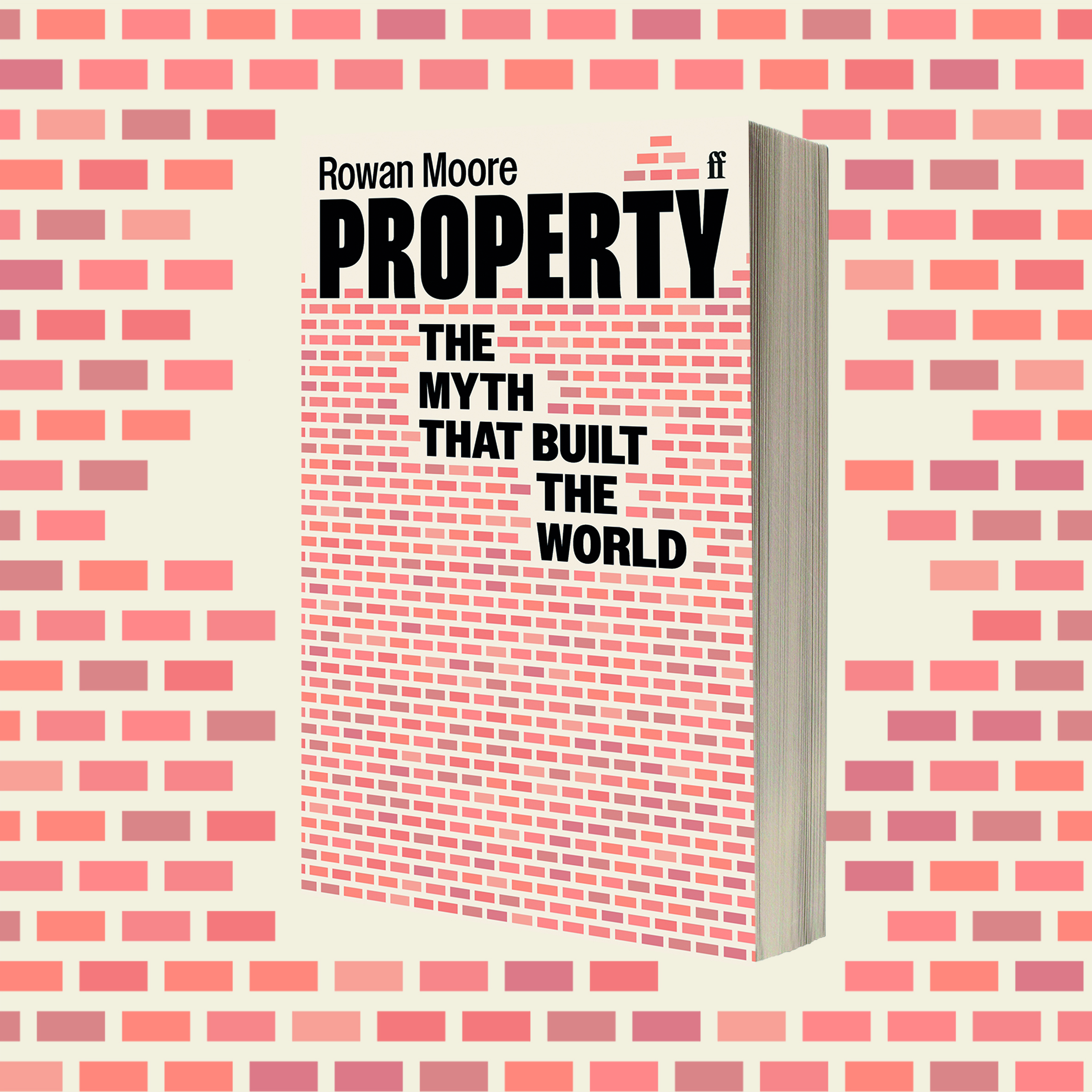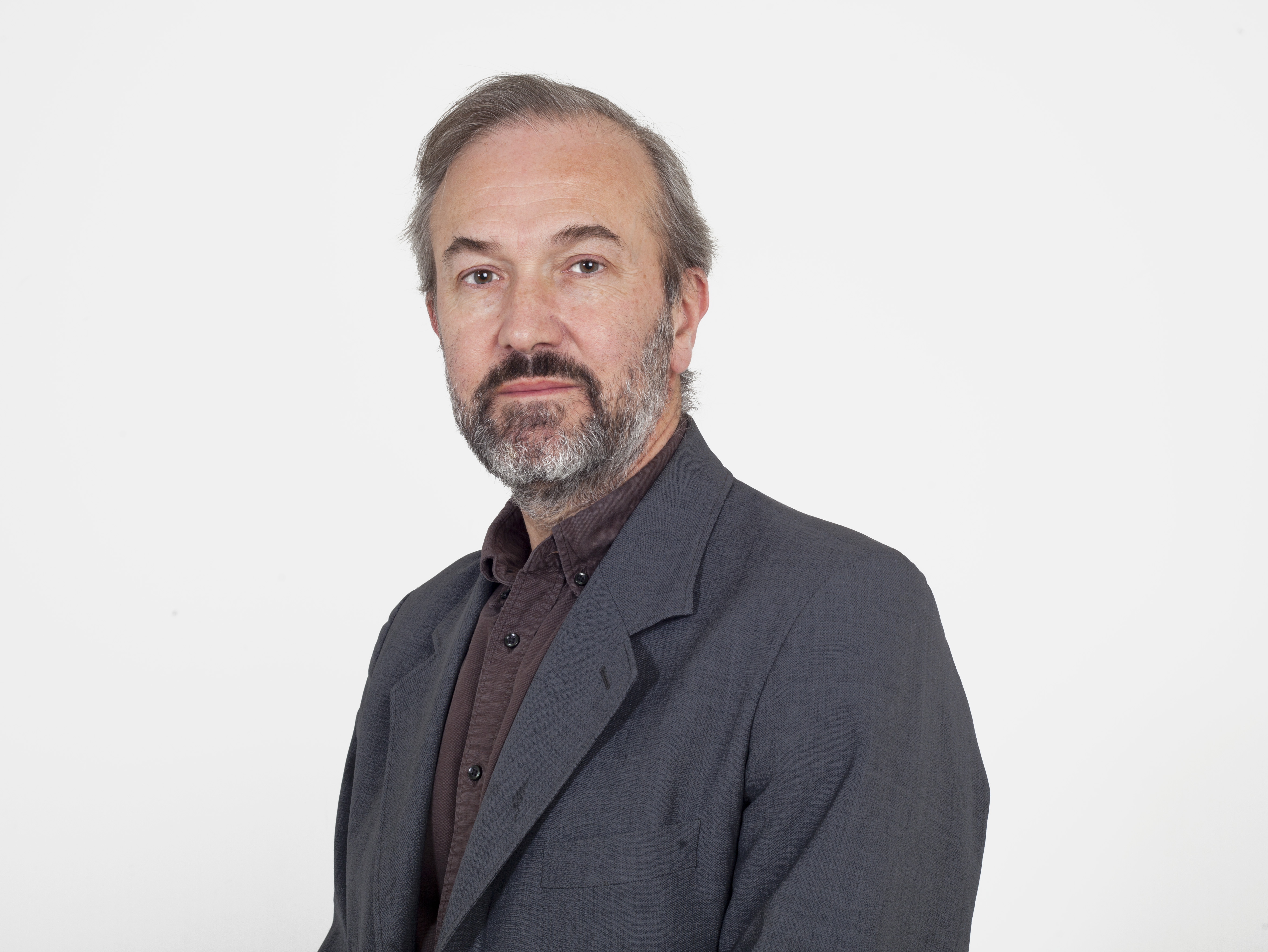Post
BOOK REVIEW | PROPERTY – the Myth that Built the World
25 Jan 2024
By Rowan Moore
Reviewed by Nicholas de Klerk
When I first picked up Moore’s new book, I assumed it had to be about housing. This assumption wasn’t entirely off the mark, and the cover illustration of brickwork in a stretcher bond hints at the crux of the argument which Moore sets out in the book. The subtitle too, suggests some of the inherent contradictions in this issue, characterising property as both myth and concrete reality.
In The Reality of Realty, Moore describes what I think lies at the heart of this contradiction. Using the popular Netflix series Selling Sunset as both case study and metaphor, he demonstrates that the very image of property is something of a mirage – a compelling and in some ways addictive illusion that has become tied into our very sense of being, of achievement and of place in society. And yet, as the value of property as an asset class quickly outstrips the ability to earn a living in order to afford it (as it has in the last generation) – the very idea of labour as a means of improving your situation is untethered from anything we might recognise as objective reality. If this sounds like the roots of anarchy, then the opposite side of the equation offers no succour.
Get priority booking on events - join The London Society
In Britain’s ‘property owning democracy’ – a phrase coined by MP Noel Skelton over a century ago, and one which bookended Margaret Thatcher’s prime ministership – the stability of the property market depends on ever inflating values; increasingly so given the schism between houses as places to live versus as an asset class. This has been achieved over at least the last couple of generations, with intermittent and minor corrections, at the expense of new entrants to the market, to the point where gaining entry depends largely on intergenerational wealth, known colloquially as ‘the bank of mum and dad’.
Anyone making an investment is generally warned that they risk making a loss or a return, but oddly not property which, as a concept in which we are both politically and socially invested, is a project that cannot be allowed to fail. If this sounds like a ponzi-scheme in all but name, we need only look at the last global financial crisis which originated in the US sub-prime mortgage market, and which underpinned the use of ‘opaque and complex’ Collateralised Debt Obligations or CDO’s which in turn relied on ever inflating values.
Moore spends the first chapter of the book setting the broader historical context of this out in extensive and fascinating detail, examining historical episodes across the globe, such as Kinloch, Missouri, Levittown, Thatcher’s sale of council houses in the UK, real estate markets in Las Vegas and Los Angeles, as well as Gurgaon in India.
Linking universal franchise with property ownership, indeed with moral character, as Skelton did, is fraught with issues. It implies that those either unable or perhaps unwilling to secure a place on the property ladder must then be in possession of some kind of character flaw, which is, of course, patent nonsense. This becomes dangerous nonsense when it starts to imply risks to individual rights in a democratic society. It is instead indicative of a property market and wider society that is deeply unequal, and which provides barriers to entry to those not already invested; a rentier economy that instead of growing and creating more opportunities for a (still) growing population, seeks instead to control more and more of a flatlining or shrinking economy within the hands of fewer and fewer people.
It is, however, in medieval England in the feudal late fifteenth and early sixteenth centuries where, as Moore sets out, the modern concept of property first emerges. The first enclosures dismantled the hitherto feudal system of tenancies and commons into one of enclosed pastures that ‘transformed the economy from one based on the exchange of services into one based on money, in which everything had a price.’ This concept of property, Moore describes later in the book, is a legal construction, ‘a set of invented ideas, practices and laws that seek to manage fundamental questions of territory, shelter, and survival. It also, inevitably, sets up power relations between those who own and those who don’t, which also proved useful in the colonies of the new world in order to claim land conveniently identified as ‘empty’.
This is a brief canter through a complex topic which Moore explores in far greater detail, but it is astonishing that something which has become so fundamental to the way in which we organise our lives remains relatively unexamined. Is this perhaps because the status quo is so entrenched that there seems little point in speculating on alternatives? For the same reason, it is also easy to become disheartened by the status quo, unless you are or stand to become one of the system’s lucky beneficiaries.
What is also clear is that the current political settlement is out of ideas, aside from thinly ideological gimmicks like help to buy (or indeed, right to buy before it), as well as housing targets that government after government has failed to reach. It is this scenario that Moore explores in the last section of the book, What Else Could There Be? Examining more modern notions of the ‘commons’ in new towns such as Milton Keynes, cooperative developments in New York and Vienna, as well as Britain’s council housing programme, Moore demonstrates that even within this status quo there are examples, which offer alternative ways of living – to differing degrees of success.
Check out our rundown of upcoming events
It seems there is no universally fair way of righting this system in a way that neither penalises those who have nor those who do not. Unless, and at the risk of coming over a little polemical myself in this election year, the incoming government has the courage to revisit the idea of a wealth tax. This would doubtless a harder sell than repealing non-dom status, as it could potentially affect ordinary people, but as a recent report by the LSE notes: ‘Governments have made radical changes to taxes when there has been public understanding that change is needed.’
Assuming, then, that this revenue was hypothecated to a fund that improved the quantity and quality of, as well as access to, housing across the country, the debate would take on a different complexion. It’s something of an irony that in this market, the UK has produced so very many excellent housing architects who could help with this. Easing the chokehold that supply has on both the availability and cost of housing through providing alternative types of accommodation and forms of tenure (the value of which is retained as sovereign wealth) would benefit everyone, it seems, apart from those who have a vested interest in maintaining an unequal status quo.
What is clear, however, is that something must be done. That process starts with a better and much broader understanding of the challenge (as well as the possibility of change) amongst the electorate, which is where books like this offer invaluable insight.

